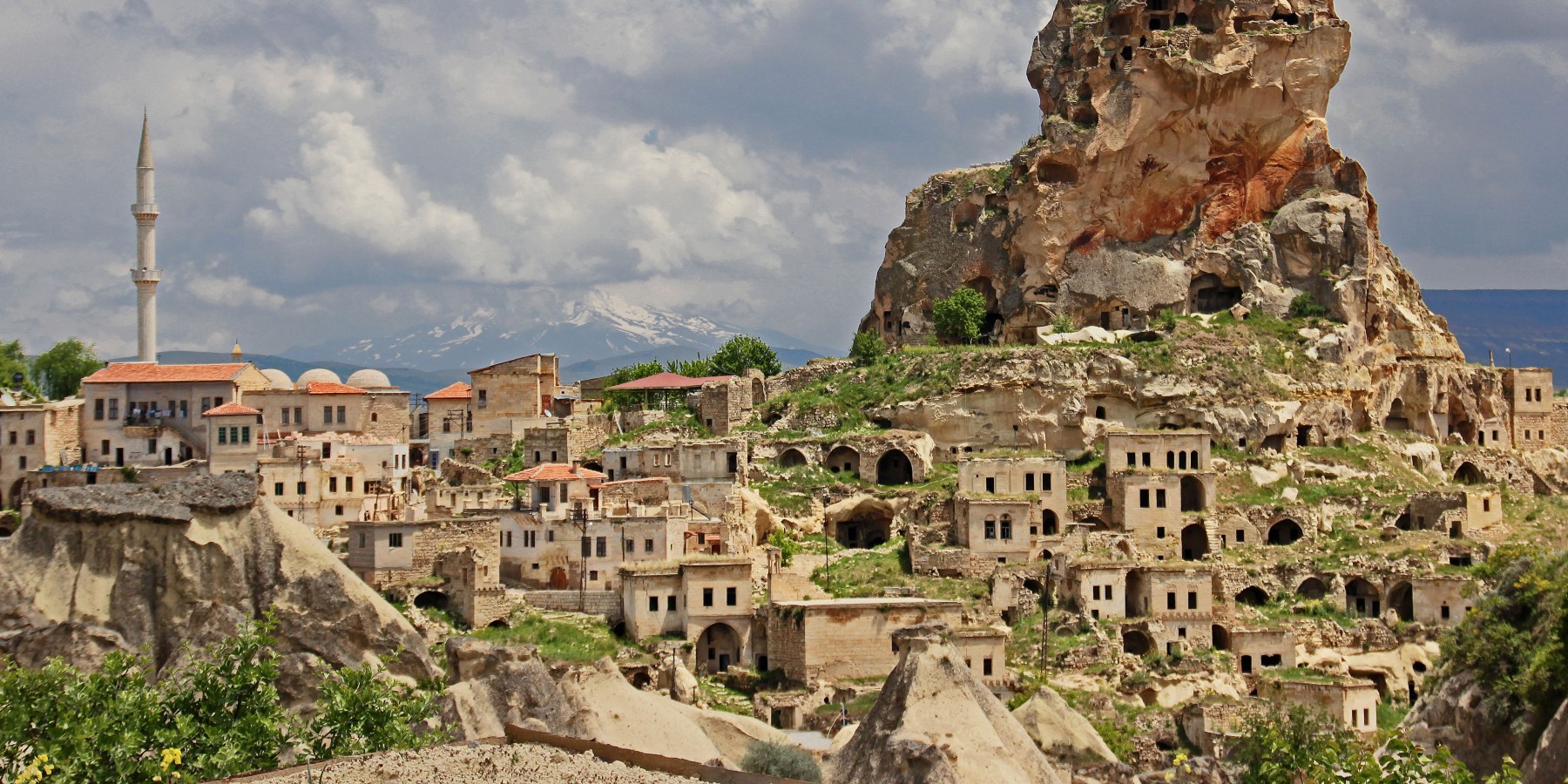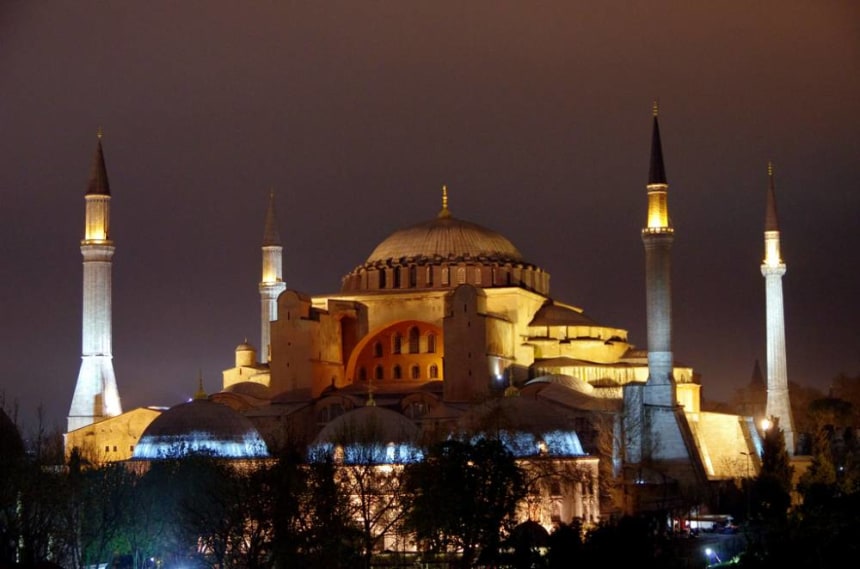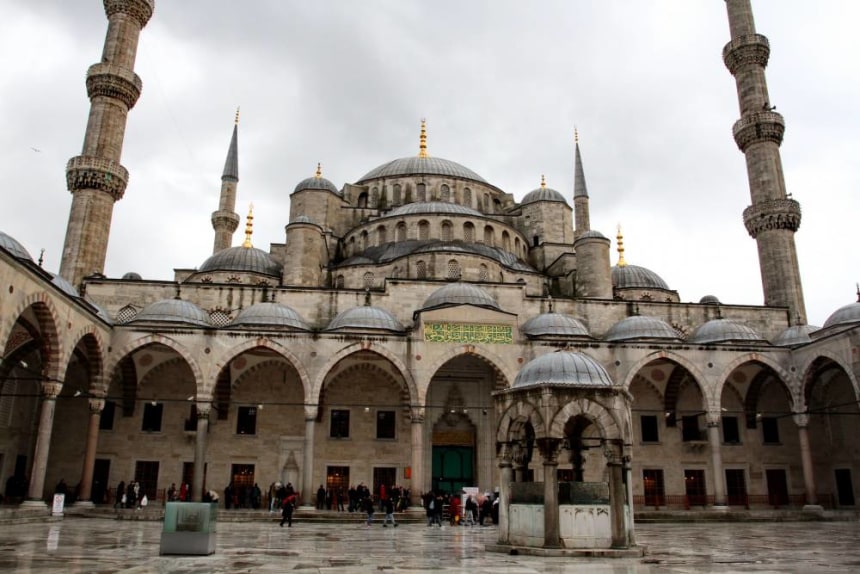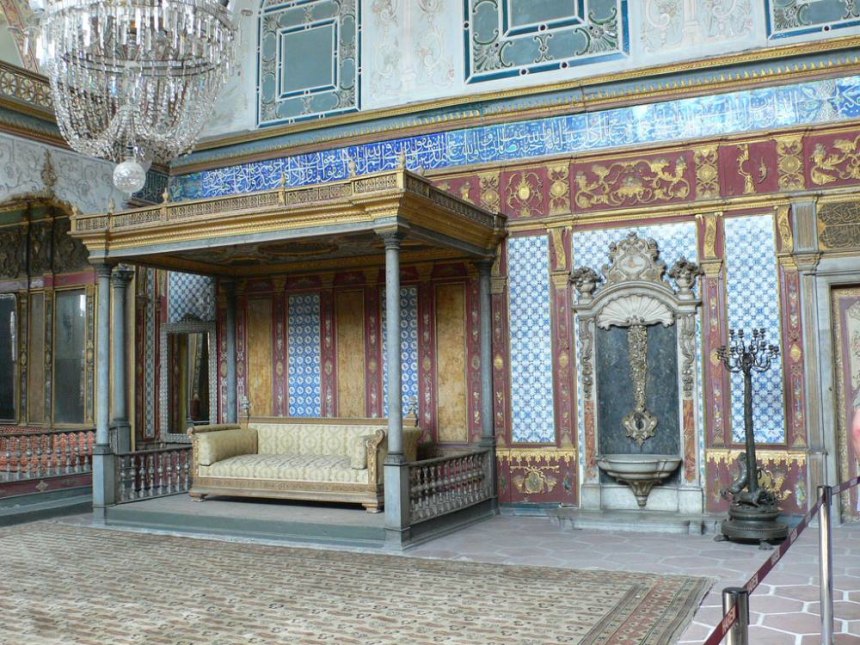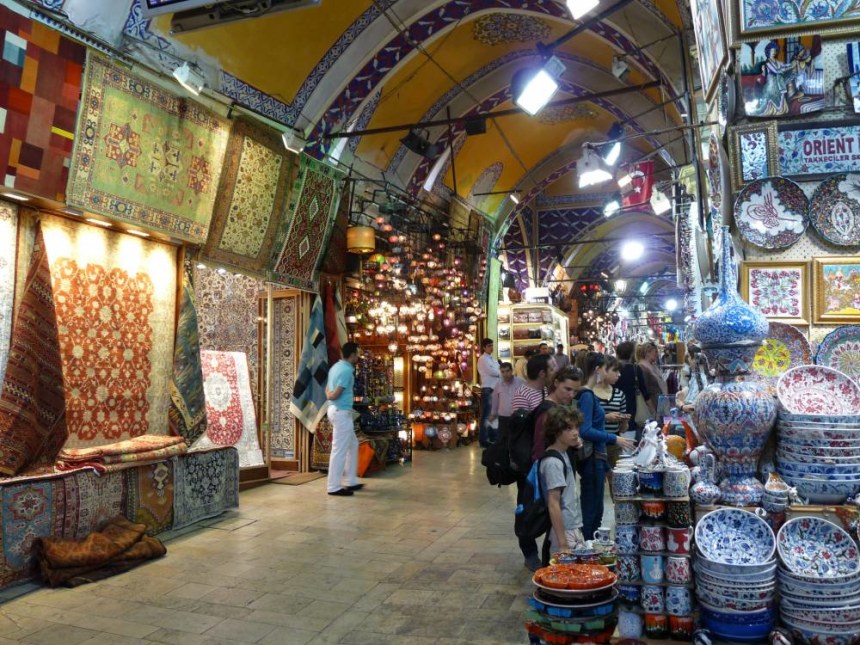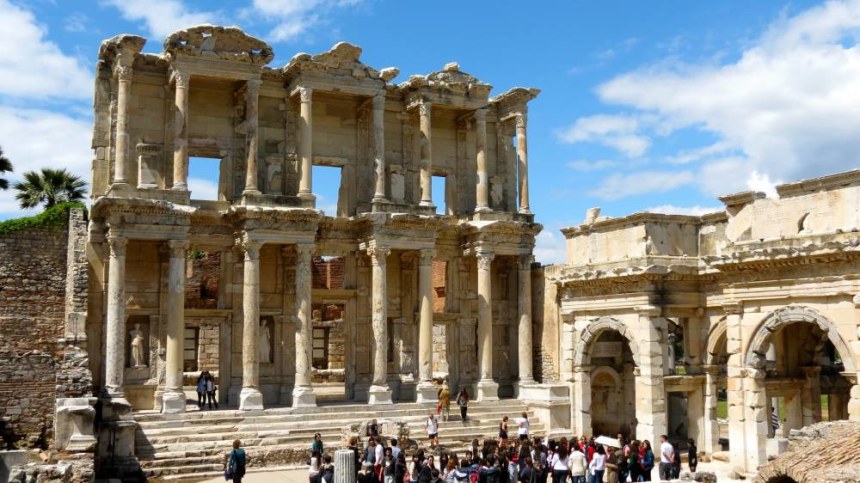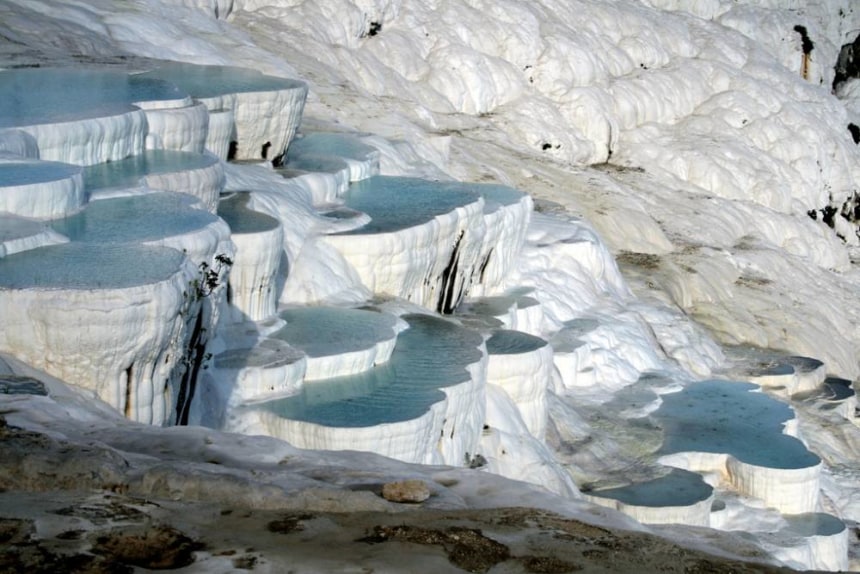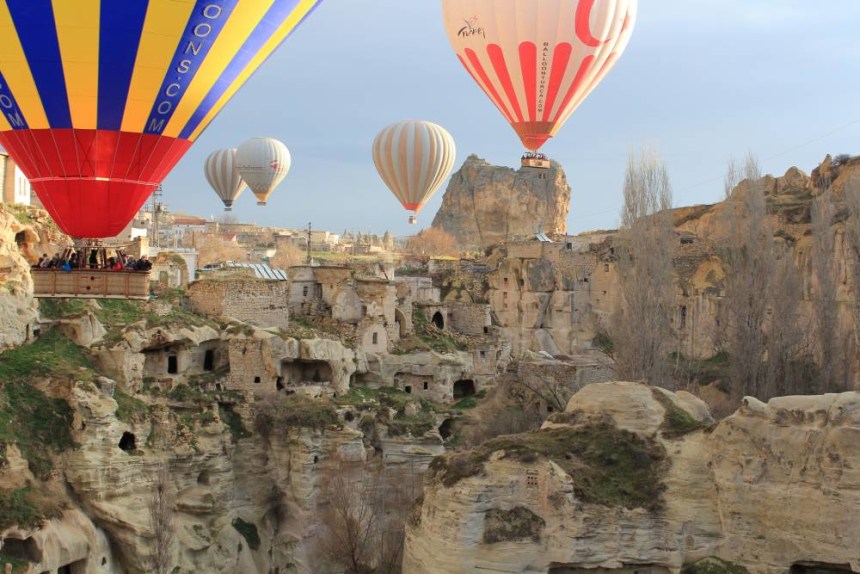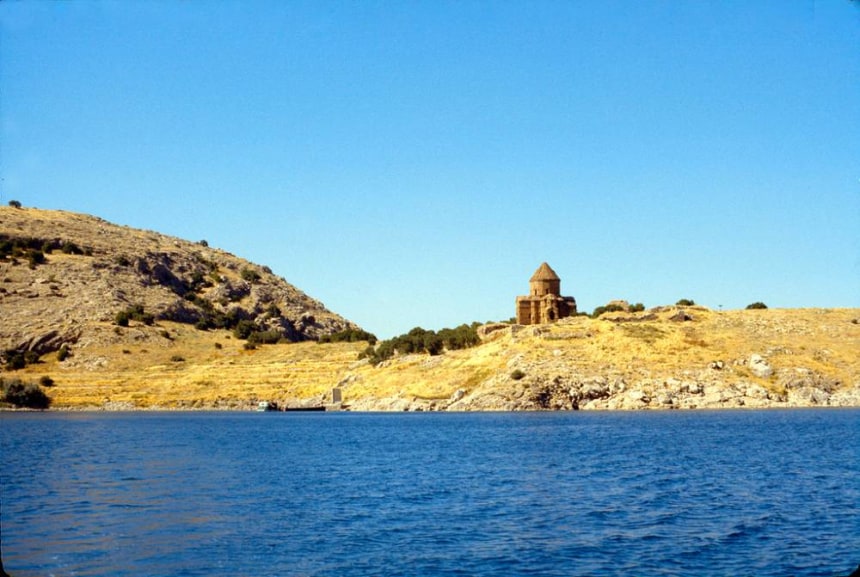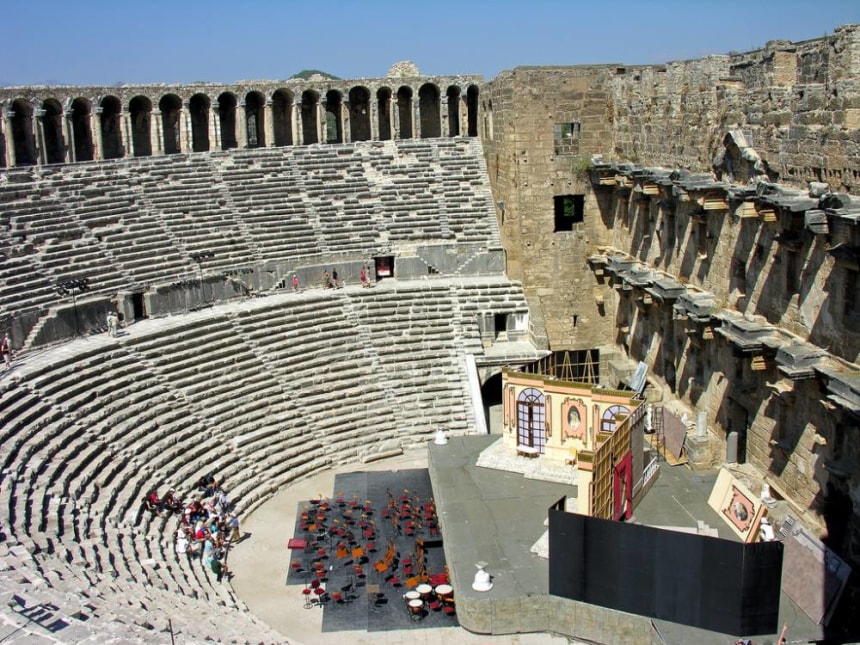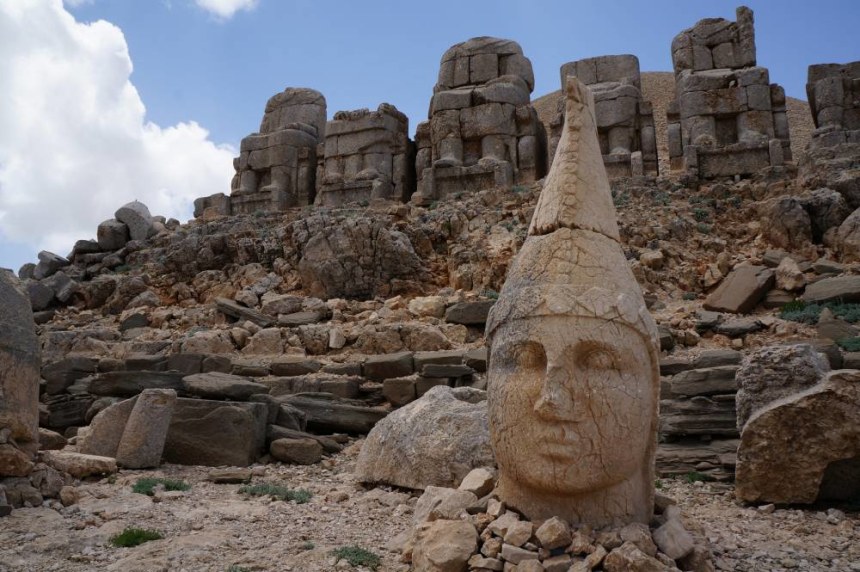| 6 mins read
By Joseph Francis
Bridging the gap between the European west and the Asian east, Turkey boasts a mélange of culture, creed, religion, heritage and history like few countries on Earth. It ranges from the sun-splashed beaches and rivieras of the Aegean Sea to the snow-mantled tops of the Lesser Caucasus Mountains, from the rugged coastal sections of the Black Sea to the rolling deserts of northern Arabia in the south, offering everything from Whirling Dervishes to awe-inspiring Ottoman relics, colossal mosques to sprawling Greek ruins in between. Check out this Turkey travel guide for the lowdown on the nation’s top bucket list sights, hotspots and attractions.
Haghia Sophia
Marking the heart of old Istanbul for nigh on 1,500 years, the colossal Hagia Sophia is arguably the most totemic must-see in all of Turkey. It soars almost 82 meters high and displays a gorgeous palimpsest of Orthodox, Islamic and Byzantine styles, not to mention layer upon layer of the Christian and Muslim history that meets at erstwhile Constantinople. Get an Istanbul tour guide to help you discover the mosaics, famous wishing column and the calligraphic murals sprawled across the massive ceiling dome.
Sultan Ahmed Mosque
Known widely by its more famous moniker, the Blue Mosque is Istanbul’s answer to the great Sagrada Familia of Barcelona. Since its construction in the 1600s it’s risen to become something of a symbol of the city as a whole, it’s soaring, spiked minarets commanding its position on the edge of the great Hippodrome of Constantinople – the centre of the ancient metropolis itself. Visitors here can expect to find exquisite examples of late Ottoman architecture, resplendent dome decorations and hidden courtyards aplenty.
Topkapi
A bucket list topper on the menu of most all Turkey tour guides, the Topkapi Palace makes its home on the ridges of Sarayburnu, on the edge of the famous Golden Horn in downtown Istanbul. For almost four centuries this sprawling, regal residence made up of courtyards and gardens, court rooms, towers, keeps and grandiose gateways was the home of the Ottoman sultans. Today it’s a UNESCO World Heritage Site and home to a famous armoury collection and oodles of Muslim and Ottoman relics besides!
Grand Bazaar
Bursting at the seams with glistening shisha pipes, racks of aromatic spices from Arabia and the East, painted Turkish ceramics, hand-crafted jewellery, rolled carpets, silks, dusty tomes, shoes, glowing lanterns and exquisite textiles, the Grand Bazaar boasts more than 3,000 stalls. Pulling in an estimated 90 million people a year, it’s hailed as one of the most-visited tourist attractions in the world and offers a fantastic glimpse at the historical richness of the walled city of Istanbul.
Ephesus
Witness the deep histories of Turkey with a trip to ancient Ephesus; a sprawling collection of crumbling ruins and startlingly well preserved facades that showcases the culture, heritage and architecture of Greek colonists and Roman rulers from as far back as 10,000 BC. Amidst the UNESCO treasures here travellers will discover the resplendent Library of Celsus, fragments from the iconic Temple of Artemis – a onetime wonder of the ancient world – and the Basilica of St. John.
Pamukkale
Folks have flocked from far and wide to bathe in the shimmering travertine terraces of Pamukkale since time immemorial. Known to the Romans as Hierapolis, the spot cascades its way down the hillsides of western Turkey in a series of otherworldly pools and bubbling hot springs. Now a UNESCO World Heritage Site, the area is famed for its healing mineral waters, and travellers can hit the Pamukkale Thermal Baths or the Natural Park to submerge themselves.
Cappadocia
Sprawled out over the plains and valleys of eastern Turkey, the eye-wateringly beautiful region of Cappadocia is simply not to be missed! Famed for its sweeping vistas of dusty hoodoo hills and chiselled canyons, the shard-like Fairy Chimneys and the cave settlements of Göreme, this land of subterranean cities and drifting hot air balloons is awash with hiking trails and fascinating historical wonders. Get a Cappadocia tour guide to help you explore the soaring ridges of Mount Erciyes and the rock-hewn temple complexes!
Lake Van
Mirror-like and shimmering below the mighty volcanic peak of Mount Çadır, Lake Van is a veritable natural jewel nestled amidst the untrodden regions of eastern Turkey. Oozing a distinct Kurdish come Armenian local culture, hamlets of stone-built huts around the lake are interspersed with eerie and enchanting sites like the Cathedral of the Holy Cross. Nearby, the buzzing regional capital of Van city boasts its own citadel and famous Turkish breakfast spreads to boot.
Bodrum
The kingpin of the Turkish Aegean coast, Bodrum sits nestled on the edge of its eponymous peninsula – a finger of pearly white beaches and rocky inlets that’s home to some of the most famous sands in the Med. The glorious Castle of St Peter crowns the town, while yachts dot the harbour, Bodrum tour guides flit between the ruins of old Halicarnassus, snorkelers hit the aquamarine shores, and partiers make the most of floating clubs, booze cruises and appropriately-named Bar Street.
Aspendos
Another of Turkey’s great ancient sites, Aspendos offers a glimpse at arguably the best preserved Hellenistic amphitheatre in the world. It’s located just back from the pretty beaches and rugged coastal stretches of the Anatolian south, and displays an elaborate architectural undertaking that’s chiselled into the very ridges of earth where the Aspendos acropolis once stood. Trodden by Athenians, Persians, Seljuks and Romans alike, the spot’s an absolute must for history lovers.
Mount Nemrut
Rising from the arid hillsides around the burgeoning city of Adiyaman, Mount Nemrut is known right across the globe for its curious collections of anthropomorphic heads and icons depicting a curious mishmash of what’s thought to be deities from the Greek, Armenian and Iranian pantheons. The site was constructed by the Commagene kings of the 1st century AD and now bears the signs of purposeful destruction at the hands of subsequent rulers and hegemons. Today, this sprawling collection of Persian lion heads, crumbling monoliths of Zeus and chiselled depictions of Heracles is a UNESCO World Heritage Site to boot.
Joseph ‘Rich’ Francis is a freelance travel writer who has travelled extensively in Asia and Europe. He particularly enjoys the jazz bars of Poland, the ski slopes of Austria and the beaches and cities of India.
Image Details and Licenses: https://flic.kr/p/9H9Ynt (Badly Drawn Dad, CC BY-NC-ND 2.0), https://flic.kr/p/DTpi17 (Victoria Andrievska, CC BY-NC 2.0), https://flic.kr/p/8vUpXi (claire poisson, CC BY-NC 2.0), https://flic.kr/p/cJR1dm (michael clarke stuff, CC BY-SA 2.0), https://flic.kr/p/nhXUwT (Erik Cleves Kristensen, CC BY 2.0), https://flic.kr/p/6Ac7Ty (sterol.andro, CC BY-NC-ND 2.0), https://flic.kr/p/j82eMr (Arian Zwegers, CC BY 2.0), https://flic.kr/p/CnFi6v (University of Hawaii Muse, CC BY-NC 2.0), https://flic.kr/p/6MbcyR (Harvey Barrison, CC BY-SA 2.0), https://flic.kr/p/4nQSuc (Dennis Jarvis, CC BY-SA 2.0), https://flic.kr/p/eCJU6r (Mr Hicks46, CC BY-SA 2.0)

